Dear Artist,
At the Palm Springs Air Museum, you can catch a ride on a 1949 T-28 Trojan and get a hawk’s eye view of the Coachella Valley. The Trojan is a radial-engine military trainer and was also used as a counter-intelligence aircraft during the Vietnam War. Today, due to their reasonable operating costs and great handling, many are used as aerobatics and warbird performers by private citizens and in museums. Today Peter, my twin, James and I are taking turns in the Trojan – an experiential Christmas gift.
From under the cockpit’s canopy, Palm Springs is an aerial labyrinth of low-slung mid-centuries and adjacent pools, blobs of emerald fairway and date palm clusters. The San Jacinto mountains flex down-valley, snow dusted at their peaks from recent rain. We fly eastward beside them, following the 10 towards the expanding desert and its hugging ranges. Out here, it’s a bit like those scenes in The English Patient, when Count László de Almásy is surveying the Egyptian desert for the Royal Geographical Society in his 20s-era Tiger Moth biplane. “Just enough weather to give the sky some drama, without any real drama,” I say into my headset. In my ears, a jumble of staticky and only barely discernible garblety goop comes back from Pilot, Pat: “So smooth today!” He banks right, then left, then right again, so we’re parallel to the desert floor – swirling, dry rivers of ochre and sienna. When we circle back and he touches down on the runway, it’s like he’s placing a teacup into the bath.
Inside the museum hangers, the nose art is the human conduit to the ephemeral drama of war. A psychological protection, a joy buoy – it was never-officially approved but not discouraged. It was an act of personalization in an otherwise uniform military. It endures as a record of individuals and campaigns. I study their themes: shark’s teeth, Vargas girls, Bugs Bunny astride a bomb, Kilroy was Here. The colours, the varying skill, the long gams and tiny shoes – are at once puerile, imaginative, heavy with precarious fate. I linger on the names and nicknames of the pilots inscribed beneath the cockpit windows and their personalized graphics, each a record of service. If they’re here now, they’re not in the Channel, or in the Pacific, or in a heap, nor hopefully, were their crew. “Survival,” wrote Erica Jong, “means being born over and over again.”
Sincerely,
Sara
PS: “What happened? Art happened.” (Marina Abramovic)
Esoterica: The museum is stocked with volunteers, many of them Vets, who, if asked, will tell you one of a million stories of individuals who participated in campaigns across the globe over the last hundred years. They’re eager to share, and infinitely enthused. I’m remembering my Great Grandpa Caton, who was killed while trying to take a bridge in Nieuwpoort, Belgium in 1917. I’m staring into the eyes of a Vietnam Vet, an elderly gentleman who tells me he’s happy to see me here. Today, the hangers are full of families and dog people and airplane enthusiasts and celebrators of aeronautical technology, lovers of machines and innovation, future pilots and warbird joyriders, like us. The museum, like all museums, is in its permanent process of restoration and preservation. I bring my nose up, one last time, to the nose art and its rivets, before we step out again into peacetime. “Art is the thrilling spark that beats death,” wrote Brett Whiteley, “that’s all.”
Have you considered a Premium Artist Listing? With each letter, an artist is featured at the bottom of this page. The Premium Artist Listings are a means of connecting artist subscribers through their work. Proceeds from each listing contribute to the production of The Painter’s Keys.
“Art happens – no hovel is safe from it, no prince can depend on it, the vastest intelligence cannot bring it about.” (James Abbott McNeill Whistler)
Featured Workshop
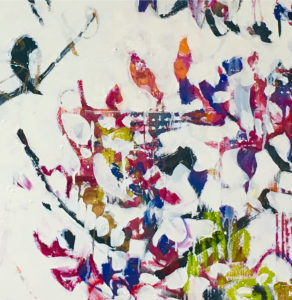 Join Ellie Harold for “Intuitive Painting: Permission to Paint Expressively,” designed especially for mature women artists of all skill levels who wish to explore this medium for soulful exploration. The retreat provides attractive accommodations (your own room!) along with lightly structured activities for centering, relaxation and low stress art-making. You’ll have plenty of free time to muse, paint, write and reflect while enjoying the colors, textures and flavors of San Miguel. This Retreat has the potential to transform not only your art but your life! You’ll return home with a specific art “care plan” to assure support for further creating. Details at www.EllieHarold.com.
Join Ellie Harold for “Intuitive Painting: Permission to Paint Expressively,” designed especially for mature women artists of all skill levels who wish to explore this medium for soulful exploration. The retreat provides attractive accommodations (your own room!) along with lightly structured activities for centering, relaxation and low stress art-making. You’ll have plenty of free time to muse, paint, write and reflect while enjoying the colors, textures and flavors of San Miguel. This Retreat has the potential to transform not only your art but your life! You’ll return home with a specific art “care plan” to assure support for further creating. Details at www.EllieHarold.com.
Featured Artist
I am inspired by the drama of light as it moves along forms, the rhythms and nuances of shapes, and the colours that change from subtle to vivid at any give moment. My expressive compositions, in oils, acrylics or watercolours, are a contemplative and heartfelt response to my experiences, representing the “visual music” I feel. Each brush-stroke is like a colour note or chord playing out the scene offering a connection with the viewer through dynamic movements and vibrant colour.

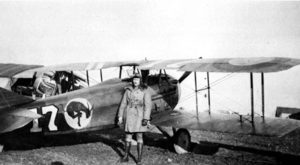
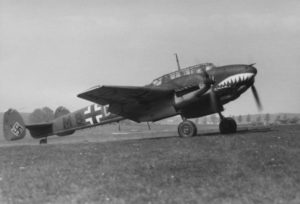
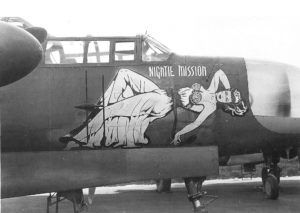
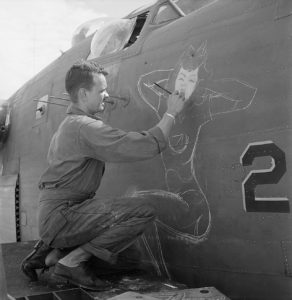

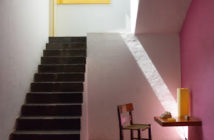
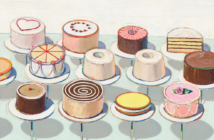
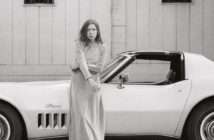
6 Comments
Dear Sara,
writing to you from Germany I send you my very best wishes for a successful and happy 2022!
I have been a constant follower of the painterskeys for many years, proud owner of some books of your wonderful Dad – one of them even signed by himself – a very happy find on the 2nd hand book-market – and your letters are always a pleasure to read.
All the best to you,
till next Tuesday
Barbara
Well, this has to be a first. Usually after reading ‘Painter’s Keys’ I browse the posted comments which follow the article. Sometimes they are quite worthy. Sometimes not. Today, for some reason, there appear to be none. This article I found of particular interest as I have been an ‘aviation buff’ since my childhood years in post-war Britain. My room was broadly populated with Airfix plastic scale model airplanes from both WW1 and WW2. Mostly British and German. My bookshelf held a variety of titles ranging from the popular ‘Biggles’ stories to accounts of the lives of Douglas Bader, Guy Gibson and Barnes Wallis to collections of detailed illustrations of the myriad camouflage schemes employed in various campaigns. The advances in aeronautical technology and engineering made during both wars are a profound lesson in human ingenuity and inventiveness despite the dark purpose behind these ‘flying machines’. Now retired and living in downtown Toronto, I’m reminded of this often during the summer months when the WW2 Avro Lancaster from the Warplane Heritage Museum in nearby Hamilton passes low overhead, clearly visible from my window. I can always tell when it’s approaching from the unmistakable sound of its four Rolls Royce Merlin engines. This is one of the only two ‘airworthy’ Lancasters remaining today. The other is maintained by the Imperial War Museum at Duxford in Britain. The sound of those four Merlins approaching never fails to draw me to my window to watch as this historic aircraft flies past on its usual path, returning to Hamilton. It’s inevitable that the day will come when it is no longer ‘airworthy’, most likely due to the increasing difficulty in finding essential replacement parts. That day is yet to come…
All the best dear Sara for 2022. Many thanks for the interesting postings.
Hennie
Thanks for this article. It particularly interested me because this year I received a commission to paint a nose art picture on a piece of fuselage that came from a plane that was in the war. Although it wasn’t a “nose”, it was fun to paint a life-size Vargas girl creation. As always, I researched that type of art and learned a lot before I even began to paint. It was an especially interesting assignment to me as my two older brothers served in that war, and I remember it well, and also remember seeing some of those planes. The piece I painted is displayed and available for sale at a little vintage shop in Shirley, Arkansas.
My father served in WW 2 and he showed me pictures of the nose art on his plane. He was a navigator and his plane was shot down over the English Channel. He died of a heart attack at age 52. I’ve been interested in nose art ever since.
Such an interesting letter Sara. My visit to the Air Museum was in 2017 during the time that Chris Demarest was a guest artist-in- residence with his wonderful exhibition “Portrait Journey”. Over 50 paintings depicting men and women who served during WW2 were displayed and I had a wonderful conversation with Chris who has also written and illustrated many children’s books, some that I was familiar with during my elementary school teaching years.
Thank you for continuing to publish and write such a range of interesting art related letters. Happy New Year Sara!